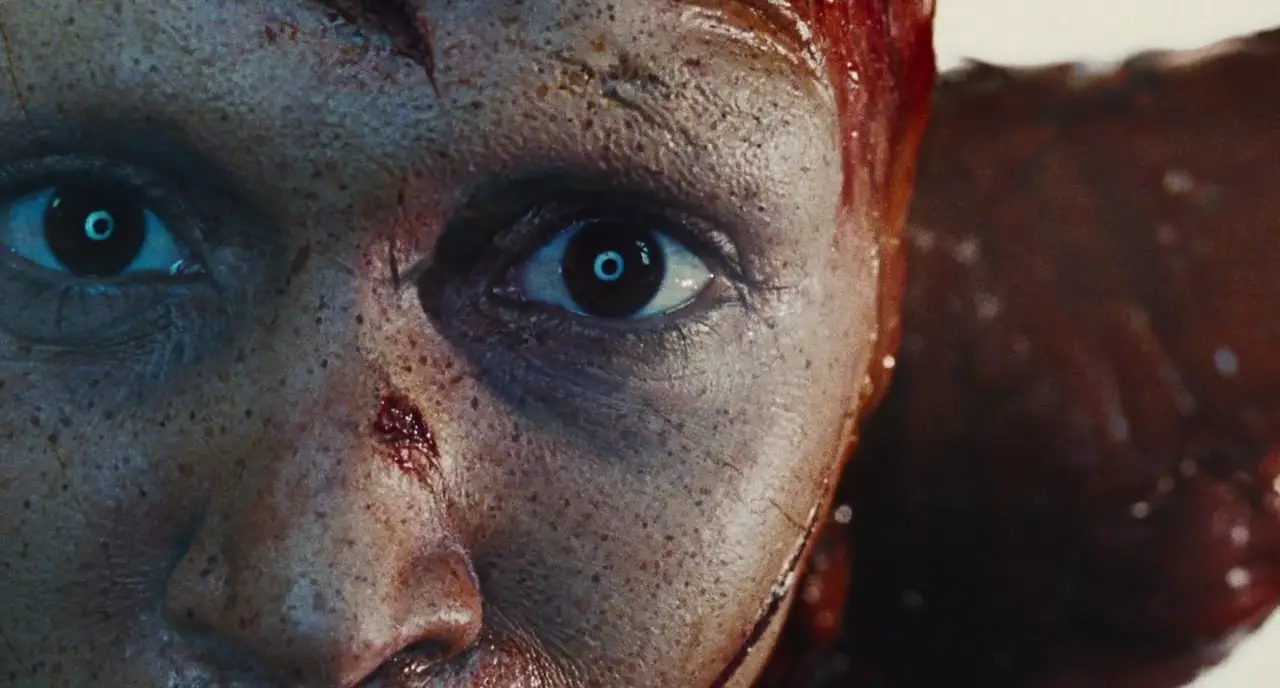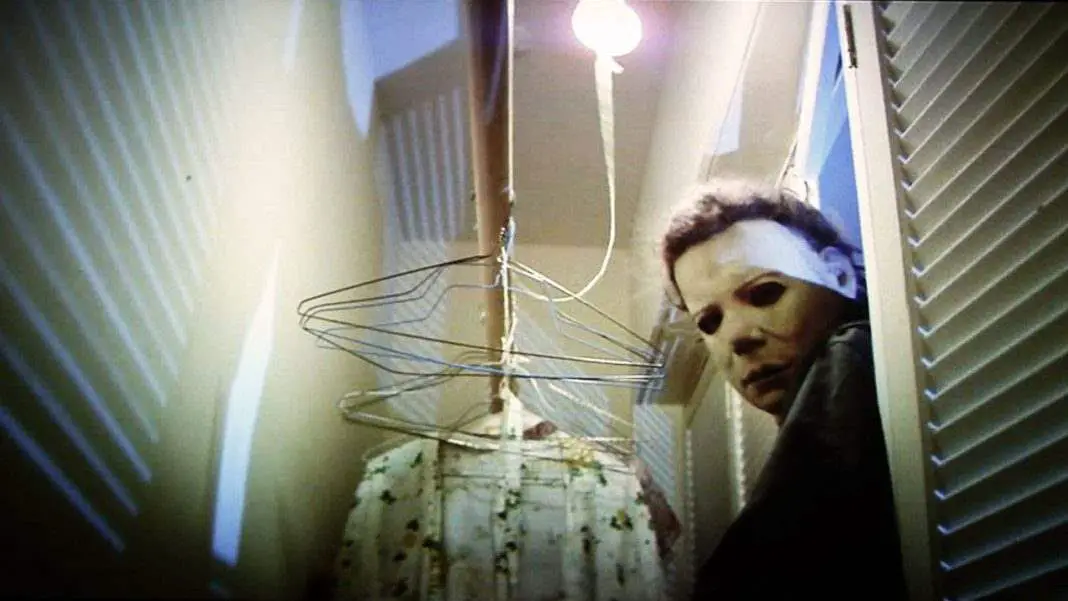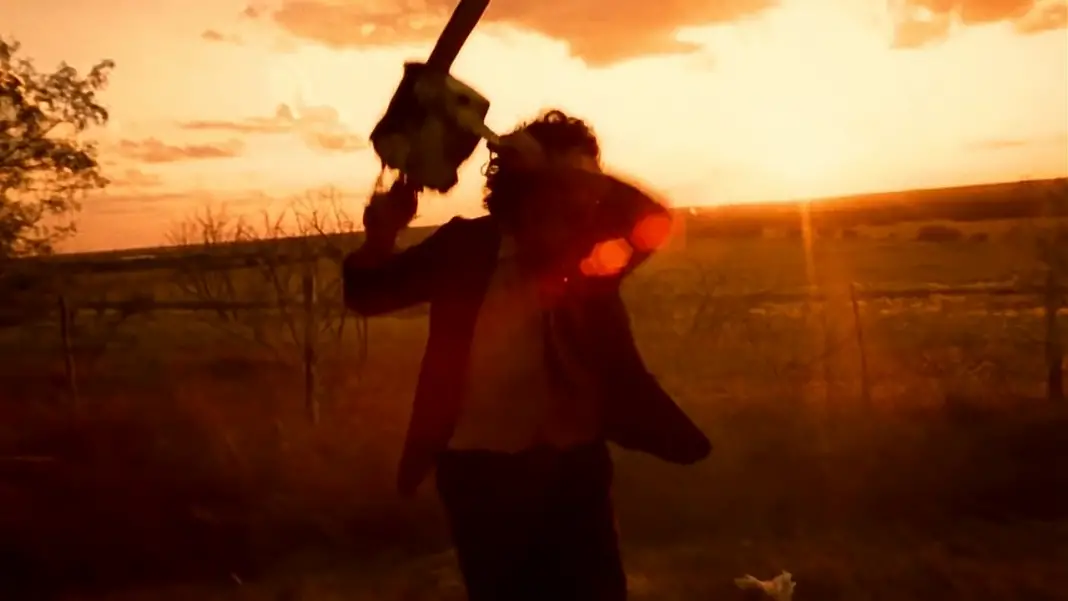Revenge is a difficult motivator for the duration of a feature-length narrative. Many people have huge criticisms of the genre, and some of them are definitely valid. It’s difficult to maintain and turn it from something artful, or more often than not struggle to walk the line between an exploitation film and being genuinely exploitative.
Did You Know? Wicked Horror TV Has Classic and Independent Horror Films Available to Stream for Free!
With how much time I’ve spent thinking about revenge films in general from the US, I decided to branch out and see how the subject is treated on a global scale. For the most part, all cultures deal with all subgenres in horror very differently. Everything comes down to that country and how natives of any given place view those subjects.
It’s kind of interesting to look around the world and see that revenge is almost a universal concept. There’s very little difference in the basic themes when you look at these movies from country to country. That, I think, is kind of fascinating.
Martyrs
One of the major front runners of the New French Extremity movement, Martyrs is an interesting kind of revenge film in that you’re not totally sure who or what to believe at first. It’s also fascinating in being a movie that begins life as a revenge story before unraveling into something much deeper and more horrific.
 High Tension
High Tension
Another major player in the New French Extremity wave, High Tension (aka Haute Tension) is a throwback to the early ‘70s horrors like Wes Craven’s Last House on the Left. It’s a very loose take on a revenge story as she’s avenging the family of her close friend she’s actually in love with, and also because she’s actually—spoiler alert—the killer.
Related: The Intensity of High Tension: A Look at Plagiarism in Horror
 American Mary
American Mary
Despite the title, American Mary is in fact a Canadian film. It’s an amazing feature from the Soska Sisters, a rape/revenge story from a refreshingly, entirely female perspective that manages to be a top-notch body horror effort at the same time. This one has gained an audience, but is still absolutely worth checking out for anyone who hasn’t yet managed to see it, yet.
 I Saw the Devil
I Saw the Devil
A mix of revenge/psychological horror/action, this South Korean effort kind of has it all. This flick is definitely a must when talking about how revenge is viewed around the world. Korean horror in general is something you can rarely go wrong with.

Sympathy for Mr. Vengeance
Take this other Korean horror, for example, from amazing director Park Chan-wook, who also gave us Oldboy and the excellent American movie Stoker. This is the first in the director’s vengeance trilogy, followed by Oldboy and Sympathy for Lady Vengeance. It’s about a man named Ryu and a bloody trail of vengeance that all starts with him trying to raise money for his sister’s kidney transplant.
 Irreversible
Irreversible
A French art film from Gaspar Noé, this one seemed to rise above all concepts of genre for critics who met it with extreme praise even though it’s absolutely a part of the New French Extremity movement. It also beats Tron Legacy to the punch in having a score composed by Daft Punk.
 The Virgin Spring
The Virgin Spring
Ingmar Bergman’s Virgin Spring is a Swedish rape/revenge film that’s actually the basis for Wes Craven’s The Last House on the Left. You can clearly see the DNA of that movie in this one. This story is a medieval tale of a father exacting brutal revenge after the rape and murder of his young daughter. In many ways, it set the template for the entire rape/revenge genre.
 House on the Edge of the Park
House on the Edge of the Park
No article on global horror would be complete without a trip to Italy. And who better to disturb us this time than Cannibal Holocaust director Ruggero Deodato. It also stars Last House on the Left’s David Hess, playing a virtually identical character to the one he played in Craven’s movie.







